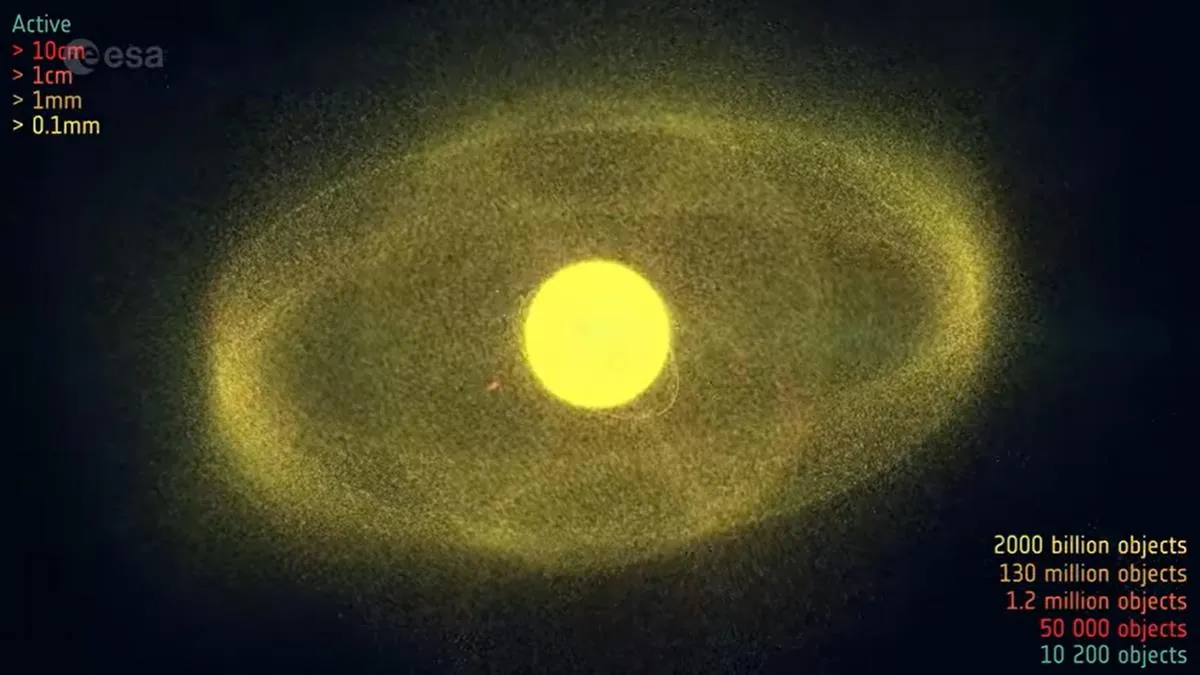
A recently released documentary short by the European Space Agency delivers a concerning message within its first 20 seconds: Approximately 70% of the 20,000 satellites ever launched are still in Earth's orbit today. These satellites are not alone; they coexist with hundreds of millions of fragments resulting from collisions, explosions, and intentional destruction. Titled Space Debris: Is it a Crisis?, this approximately eight-minute film aims to address this pressing issue with supporting statistics and orbital projections.
The documentary highlights the alarming rise of satellite constellations, notably the SpaceX Starlink internet satellites, which are expected to significantly increase the amount of objects in orbit. As more satellites are launched, the prevalence of space junk is likely to escalate as well. This increase is partly due to rocket components breaking off during launches and retired spacecraft that cannot be returned to Earth promptly.
With the high velocity at which objects travel in Earth orbit, even a small fragment can pose a considerable threat. A collision between a piece of debris and an operational satellite could severely disrupt its functions, while a collision involving two active satellites could lead to catastrophic consequences for both. In some instances, debris has been known to fall back to Earth uncontrollably, raising safety concerns for those on the ground.
The film also examines the significance of different Earth orbits in relation to the potential for a space junk crisis. Alarmingly, the orbits most at risk include those that accommodate satellites crucial for communication, navigation, and efforts to combat another major human-driven issue: global warming. This intersection of space debris and critical technologies underscores the importance of addressing the crisis effectively.
While the documentary raises awareness about the severity of space debris, it also stresses the need for thoughtful solutions. Achieving true sustainability in space is a complex challenge, and hastily implemented remedies could inadvertently exacerbate the issue by merely shifting the burden elsewhere. The importance of careful planning and consideration cannot be overstated as we navigate the intricate landscape of space debris management.
In conclusion, the European Space Agency's documentary serves as a crucial reminder of the growing space debris crisis. With increasing satellite launches and the presence of hazardous fragments in orbit, it is imperative that we develop sustainable solutions to ensure the safety and functionality of our space activities for generations to come.